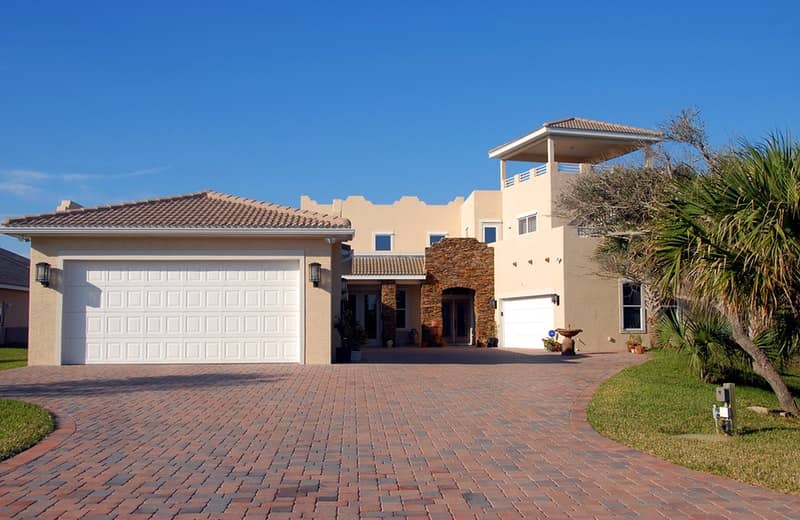Garage doors usually have one function, to open to allow a car to be stored inside the garage. While this is a fairly simple task, all of these repetitious movements sometimes cause parts to become worn or damaged over time. In some instances, a garage door may just need a few adjustments here and there. Other times, the problem will require a little more attention to detail. Homeowners experiencing issues with a garage door may be able to fix the problem(s) by keeping the following repair tips in mind.

The Remote Control and Wall Switches Don’t Work
If pressing the remote and trying the wall switch doesn’t do anything, it’s likely due to a problem with the opener’s power source. A good starting point is to check to see if the plug has become loose or disconnected. It’s also possible that the circuit breaker connected to the plug was tripped.
The Door Doesn’t Open with Remote Control or Keypad
When a mounted keypad or remote control stops working, the first thing a homeowner should try is moving closer to the door to see if the problem is just from being out of range of the antenna. Other possible fixes include:
- Checking to see if the antenna is fully hanging down
- Replacing the battery in the keypad or remote
- Reprogramming the remote or keypad
The Door Doesn’t Close Completely
When a door open but doesn’t close completely, the first step a homeowner can take is to check for obstructions. If this doesn’t help, a switch that’s supposed to prevent a door from closing when people or pets are under it may need to be adjusted. It’s located by the bottom of the door’s track. Lubricating rollers with a silicone lubricant may also correct the problem.
The Door Reverses Before/After Reaching the Ground
With doors that reverse before hitting the ground, the screw that controls close-force pressure may need to be adjusted to reduce sensitivity. Lubricating rollers sometimes helps if adjusting the screw doesn’t work. Adjusting the close-limit adjustment screw in small increments can also be a quick fix for doors that reverse immediately after touching the ground.
Noisy Door During Operation
When the only noticeable problem is noise during operation, it’s usually due to parts that need to be lubricated. If this doesn’t do the trick, worn rollers may need to replaced. In some cases, the opener needs anti-vibration pads or loose hardware has to be tightened.
The Door Is Stuck or Jammed
Fixing a door that’s jammed sometimes involves nothing more tan removing an obstruction from the track. Additional fixes that may help include:
- Checking to see if somebody locked the door from the inside
- Replacing a broken torsion or extension spring (should only be done by a professional)
- Placing rollers that have slipped back on the track
For problems involving springs and internal components that can’t be easily adjusted without taking things apart, it’s best for homeowners to opt for professional repair service. Also, if repair demands are becoming increasingly frequent, replacement may be a more cost-effective solution, especially if a garage door is at the end of its average lifecycle (about 15-30 years). For homeowners planning a home improvement project, garage door replacement can also be a smart choice. Newer doors are also more energy efficient than older ones.